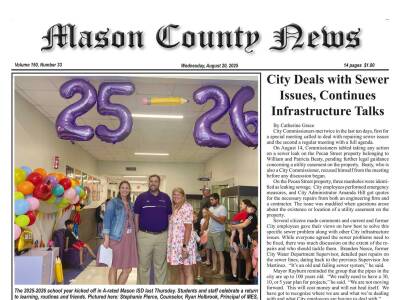What is the definition of permaculture? Originally, the word “Permaculture” came from the combination of two words: “permanent” and “agriculture.” Two Australian men—Bill Mollison and David Holmgren—coined the term in the 1970s. Permaculture is an agricultural philosophy that allows us to use the resources readily available around us to their fullest potential.
The principles of permaculture include observe and interact, catch and store energy, obtain a yield, apply self-regulation, accept feedback, use and value renewable resources, produce no waste, design from patterns and details in nature, integrate rather than segregate, use small and slow solutions, use and value diversity, use edges, value the marginal, creatively use, and respond to change. One of my favorite quotes from Bill Mollison is “The problem is the solution.”
The application of these principles is a personal practice. The first step is to stand on your ground, become quiet, observe, and listen. Nature will show you how the water drains off the land, which way the winds blow, which way the winds blow, and the hottest and coolest parts of the property. There is your basic design; take some paper and pencil and draw it out. You have started to implement your design.
One aspect of permaculture that is essential for me is gratitude and respect. A thank you is always a plus, even for the earth. Another is stacking functions.
Stacking functions is an aspect of permaculture meaning, as the name suggests, that one element or job in the garden connects to the next one.
For example, when preparing a meal from the garden the peelings and leftovers go either to the worm beds, the chickens, or the compost bin. Compost and manure go onto the garden, renewing the soil and giving the food plants the nutrients to grow. The cycle continues.
This reaches farther. If I have too many large stones, I can use them for the edges of flower sections, or even stack as art. If I still have too many, I can give some to someone else who needs them. The same goes for extra building supplies, compost, seeds, and plants.
By mindfully considering how to best use and share, we are stacking on function to the next from garden to garden.
Someone inquired about what to do about the caterpillars on her sunflower leaves. My response was to leave them alone; they are the caterpillars of a specific butterfly which helps pollinate your garden. Next year plant a few more for them. The problem is the solution. Consider the long-term outcome for the garden before you hastily react.
The person asking that question wasn’t at all upset; they were glad to get a wholesome answer, and the discussion led to us brainstorming about other seeds to plant for the benefit of the butterflies.
A loving response, heard by caring ears, said in kind words, can grow a garden of permaculture friends.
I planted corn, Red Kurri squash, and little sweet watermelons last week. With some luck and water, we will be stacking functions again! Happy summer and planning for fall.
Growing Green,
Jannie


